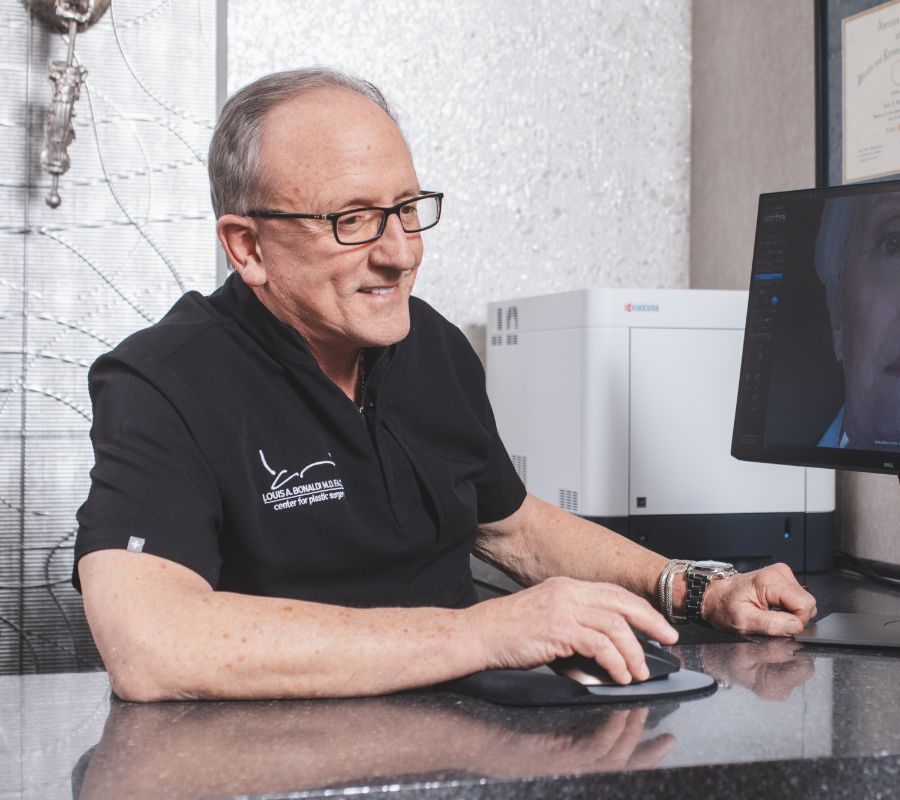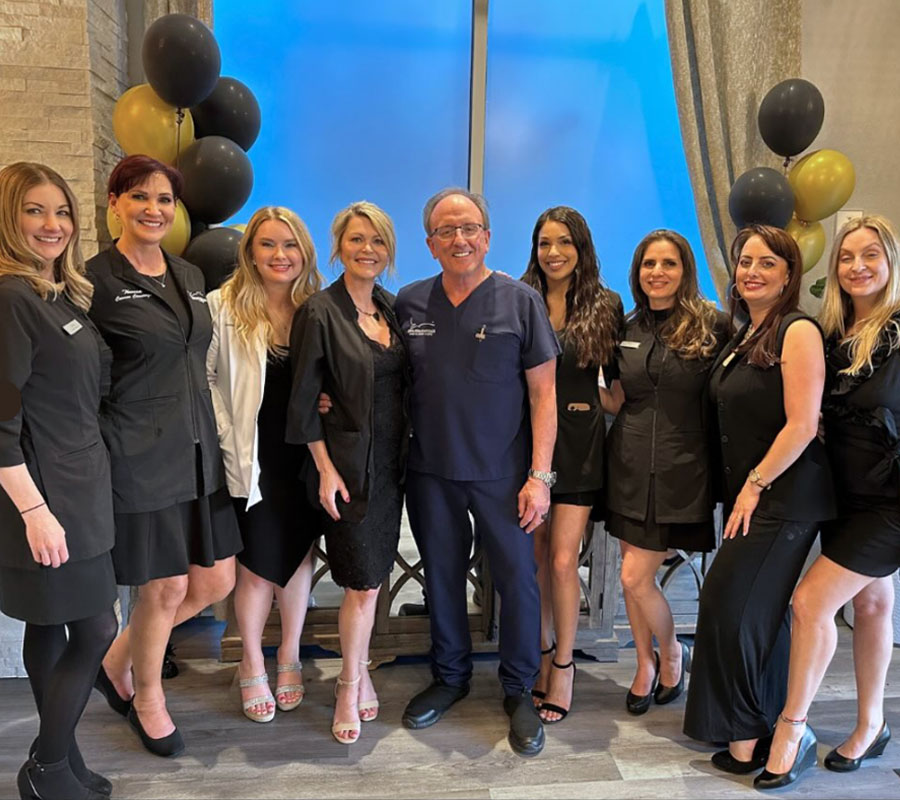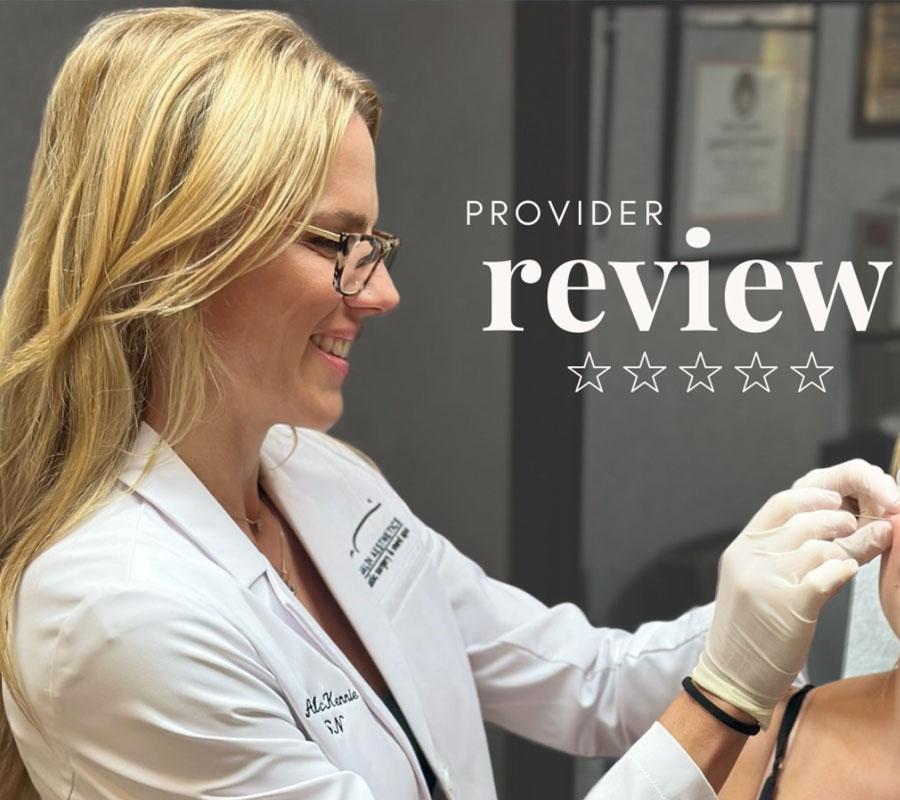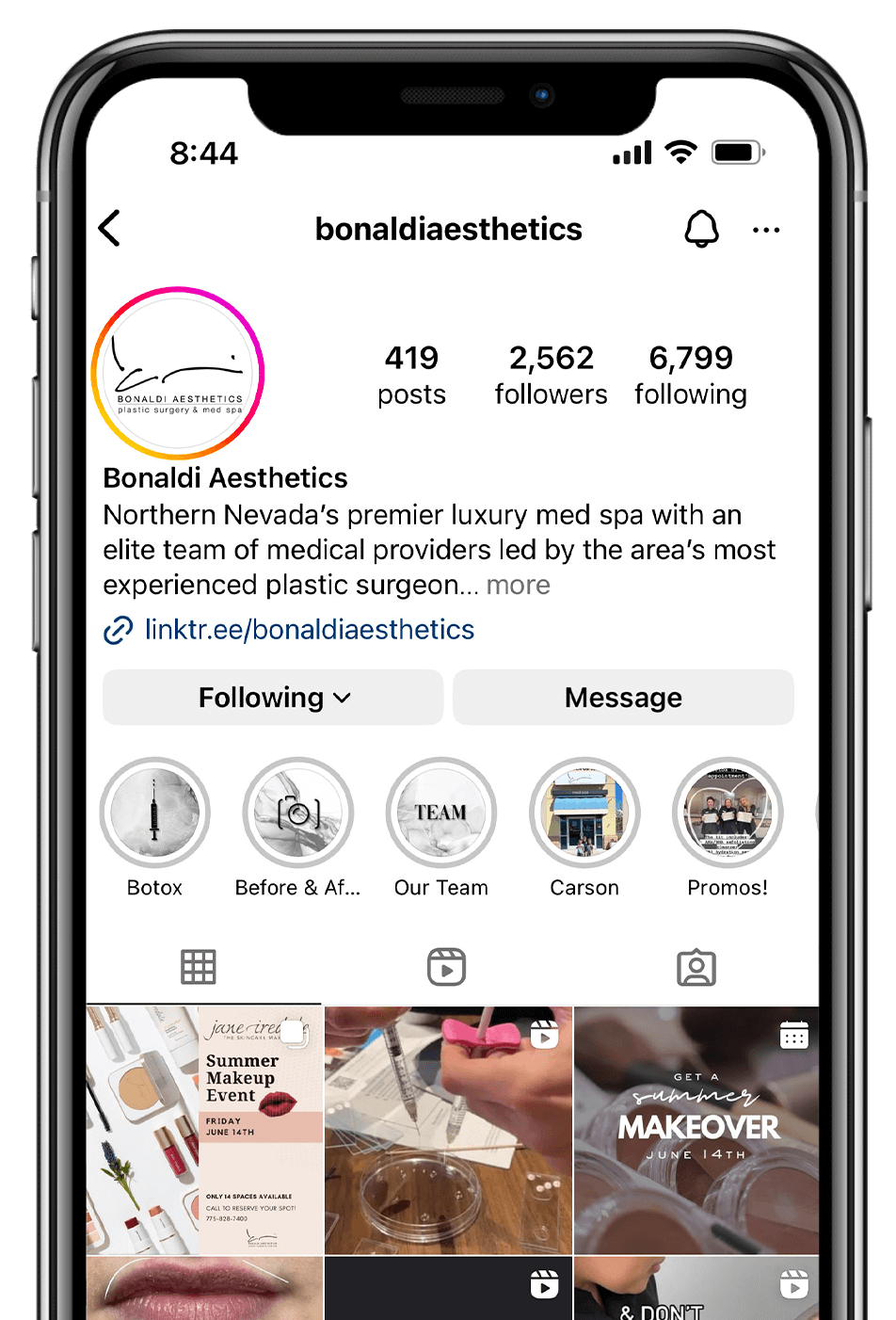October 19, 2018 | Rhinoplasty
3 minute read
Rhinoplasty is one of the most popular cosmetic surgeries performed around the world. An undesirable nose, whether it’s the one you were born with or was altered by physical trauma, can cause substantial damage to your self-esteem and confidence. Nasal concerns can be functional, cosmetic, or both. Cosmetic concerns include:
- Large nasal hump
- Flat bridge
- Beaked nose
- Flared nostrils
- Downward or upward pointing nasal tip
- Excessively wide or narrow nose
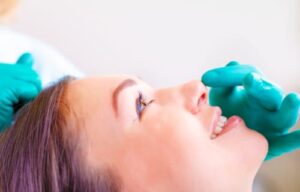 These are just some of the reasons that may cause patients to consider undergoing rhinoplasty. While rhinoplasty can provide some of the most stunning facial transformations, it also comes with heightened risks. There are many unknowns involved, making it one of the most complicated procedures to perform. Your surgeon must take into consideration the thickness of your skin and cartilage as well as your nasal concern, and yet even if everything is executed correctly there is no guarantee that your nose will heal correctly. Improperly healed noses are an unfortunate reality, and there is nothing that you or your doctor can do to prevent it. Because of these risks and complications, revision rhinoplasty is an option to consider.
These are just some of the reasons that may cause patients to consider undergoing rhinoplasty. While rhinoplasty can provide some of the most stunning facial transformations, it also comes with heightened risks. There are many unknowns involved, making it one of the most complicated procedures to perform. Your surgeon must take into consideration the thickness of your skin and cartilage as well as your nasal concern, and yet even if everything is executed correctly there is no guarantee that your nose will heal correctly. Improperly healed noses are an unfortunate reality, and there is nothing that you or your doctor can do to prevent it. Because of these risks and complications, revision rhinoplasty is an option to consider.
Reasons for Revision Rhinoplasty
Although many cases of revision rhinoplasty are due to improper healing, it isn’t the only reason. Patients may also consider a revision surgery if they are not pleased with the amount of correction made during their initial surgery. For instance, if your concern was a large nasal hump and there wasn’t enough cartilage and bone removed, you may still be displeased with the contour. Another reason for revision rhinoplasty is functionality. Unfortunately, there is a possibility that the healing of your nose could result in a deviated septum. A deviated septum causes one side of your nasal passage to be larger than the other. While this may not sound like a serious condition, it affects your nasal airways and can make it difficult to breathe. Additional complications associated with a deviated septum include trouble sleeping, headaches, recurring sinus infections, and frequent nosebleeds.
When Will My Final Results Become Apparent?
For some patients, their discontent with the results of their initial rhinoplasty develops soon after the procedure. For others, the problem may not present itself for several years. If you are displeased with your results immediately after your surgery, it is important to understand that the nose takes approximately nine months to heal and reach its final shape. There will be a lot of internal swelling and bruising that require patience and adequate time to heal. Revision rhinoplasty should not be considered until at least one year after the initial surgery.
While there is a risk of needing revision surgery, it shouldn’t dissuade you from considering rhinoplasty. Most patients do not experience any complications and are overwhelmed by their positive results.
If you are dissatisfied with your nose or a previous rhinoplasty procedure, contact Dr. Bonaldi at (775) 828-7400 to set up a consultation.


